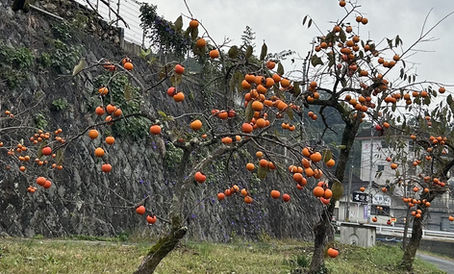Kinkaku Golden Pavilion and annexed gardens represent the Buddhist paradise in this world.
- Masahisa Takaki

- Sep 2, 2023
- 1 min read
Updated: Oct 13, 2024
Ashikaga Yoshimitsu, the third shogun of the Muromachi shogunate based in Kyoto, set about the construction of his mountain villa called Kitayama-dono, and the golden reliquary hall, which is the core facility of the villa, was completed in Kyoto in 1398. This reliquary hall is the present Kinkaku Golden Pavilion surrounded by heavenly gardens, which are indicative of the Buddhist paradise. He actually lived here for 10 years till he died at the age of 51, propelling the trade and cultural exchanges with China. He created the Kitayama culture, which is the fusion of the traditional court noble culture in Kyoto and emerging samurai culture, by adopting Chinese culture. Indian ink paintings and Noh dances(plays) were born from the Kitayama culture. Based on his dying words, right after his death, the entire area of his villa was renamed Rokuon Buddhist Temple related to his posthumous name. Although wooden in construction, Kinkaku Golden Pavilion maintained its original appearance for more than 500 years after the construction, but was destroyed by arson in 1950. The present Kinkaku was rebuilt in 1955.







Comments